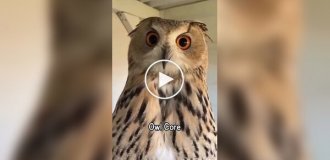9 Amazing Sky Adventurers Who Can Fly Without Wings or Feathers (10 pics)
Nature is an incredibly talented and perhaps even brilliant inventor and creator. It has created many flying creatures. But among its creations there are those that do not need wings to fly. 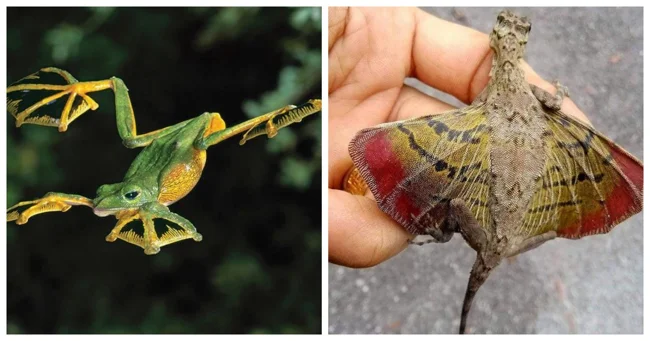
These creatures prove that nature loves experiments. Some modern creatures have found a clever workaround - they do not flap their wings, but soar, defying gravity. From the well-known flying squirrel to exotic flying squids - here are 9 amazing creatures that can fly without wings.
1. Flying fish 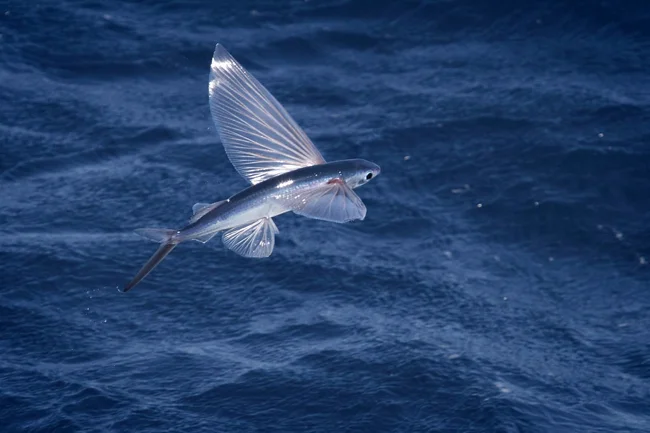
Imagine a fish that jumps out of the water and hovers over the waves like a small airplane. There are more than 60 species in the flying fish family (Exocoetidae), and all of them are masters at escaping predators, flying up to 200 meters. Some, such as freshwater hatchetfish, even flap their fins like wings, briefly hovering in the air.
2. Wallace's flying frog 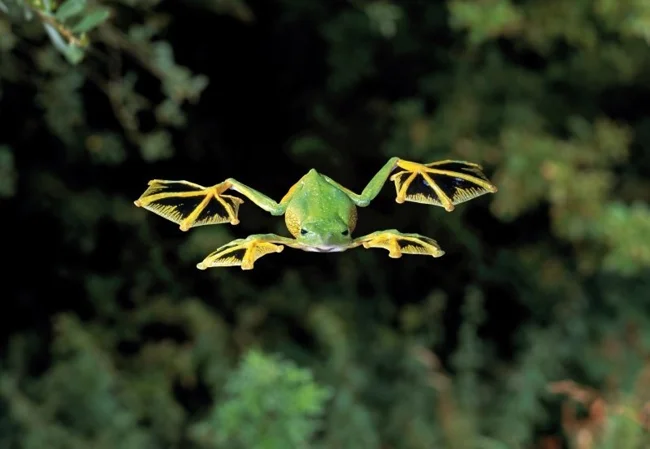
The black-footed paddlefoot or Wallace's flying frog is a green beauty with bright orange-purple paws that looks like a fantasy character, but it is quite real.
Flying frogs are masters of gliding: their webbed feet turn into parachutes, allowing them to jump up to 15 meters with steep turns in the air. And the sticky pads on their fingers guarantee a perfect landing on tree trunks.
3. Flying Squirrels 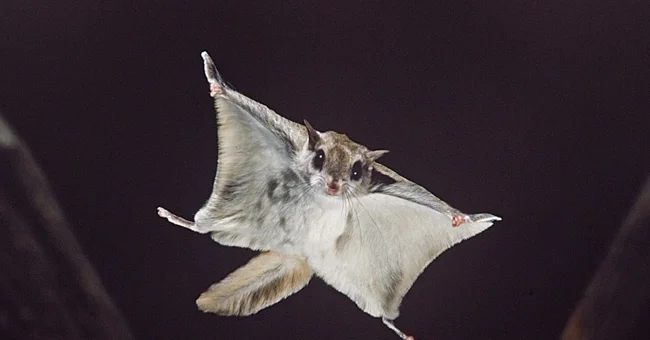
These furry night pilots are equipped with natural "hang gliders" - leathery membranes between their paws, turning each jump into a graceful flight.
There are more than 36 species of these amazing creatures, many of which not only maneuver in the air by moving special wrist bones and use their tail as an air brake, but are also capable of covering an average distance of 10-20 meters in the air. And some specimens fly up to 90 meters.
4. Flying dragons 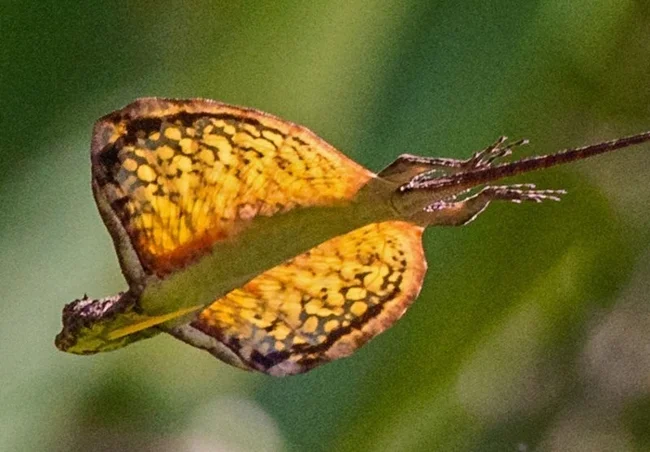
These amazing lizards have found an unusual use for their ribs - instead of protecting their bodies, they spread them like wings. Living in tropical forests, dragons (genus Draco) fly from tree to tree in search of food, covering up to 8 meters in a gliding flight.
But they are not the only ones: some geckos have also mastered the art of flight, growing skin folds on their tails, paws and torso.
5. Colugos (Woolwings) 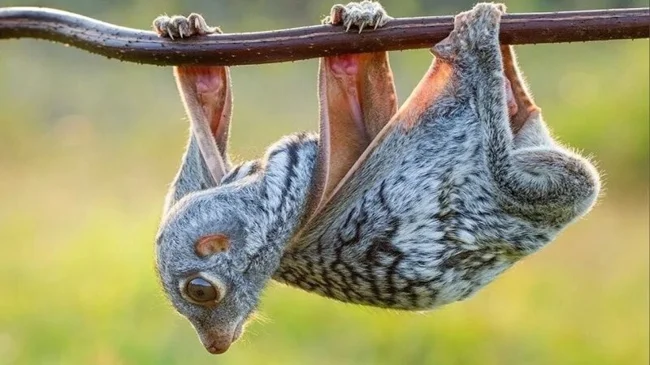
Despite their nickname - flying lemurs, colugos are not lemurs at all and cannot even fly, only glide. The only true fliers among mammals are bats.
These nocturnal animals live in the jungles of Southeast Asia and the Philippines. Their skin membrane, covered with fur, allows them to jump up to 90 meters between trees. And in between flights, colugos hang peacefully upside down, like living umbrellas.
6. Humboldt squid 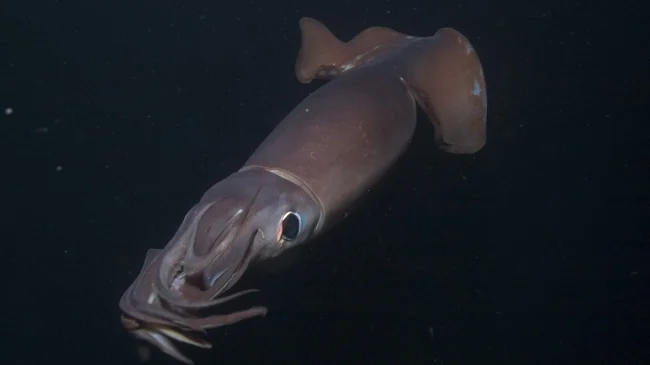
This squid is a real giant that can fly. Living in the depths of the ocean, in case of danger it literally shoots itself out of the water, saving itself from predators.
But this is not the only trick of the Humboldt squid. It instantly changes color, camouflaging itself with the environment, and releases a curtain of ink, blinding the enemy.
7. Flying Possums 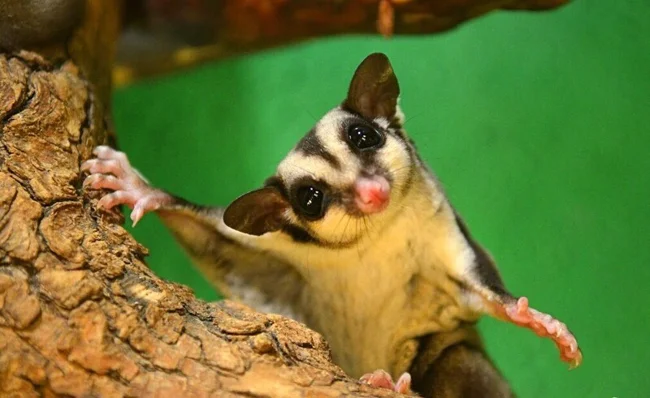
These little animals are often confused with flying squirrels, but possums are a completely different story. They are marsupials, and their so-called wings are evolved skin membranes.
The most famous representative is the sugar glider, which can glide 45 meters between trees. Together with squirrel and yellow-bellied possums, they form the genus Petaurus. Like most marsupials, these flyers are found only in Australia and New Guinea.
8. Flying spiders 
For arachnophobes, this sounds like a nightmare, but some spiders can fly. True, not on wings, but on their own web.
Adults rarely use this trick, but young spiders often go on a journey - they release threads of web, catch air currents and move out to conquer new territories.
9. Flying Snakes 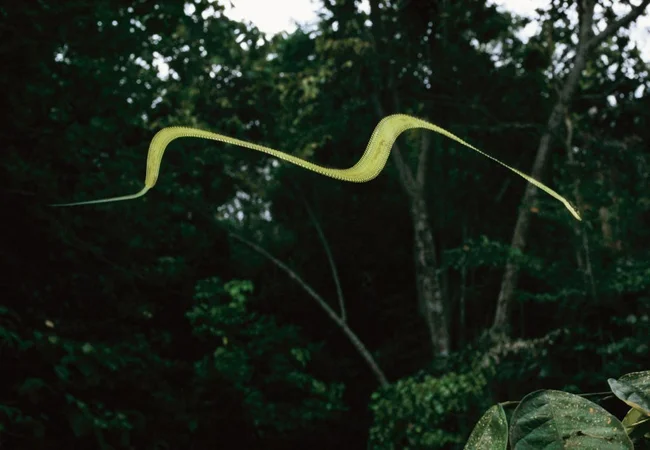
Nature has given some tree snakes an amazing ability to glide in the air. Snakes flatten their bodies, turning them into a kind of wing. In this position, they can glide for distances of up to 10 meters - like, for example, the ornate tree snake.
This is how they move from tree to tree, escape predators or track down prey. Their flight is so unusual that researchers are studying how wave-like movements help them stay in the air.










